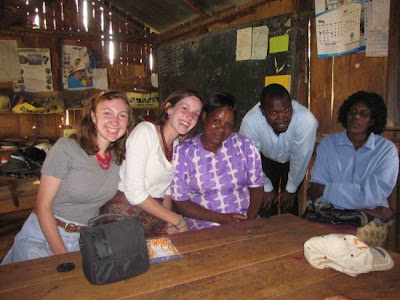1333. Enhancing our students' vocabulary

Teacher B said to teacher A, “Once a teacher set as homework to find and write fifteen or twenty words about the topic of the unit they were going to start next. The students would copy them from their course book and activity book. If they learned them, they would gain a positive grade. It’s a way to enhance vocabulary. And get to know the contents of the next unit: they would find their course book as something meaningful and interesting.” / Photo from: thinkonline smarttutor com





































